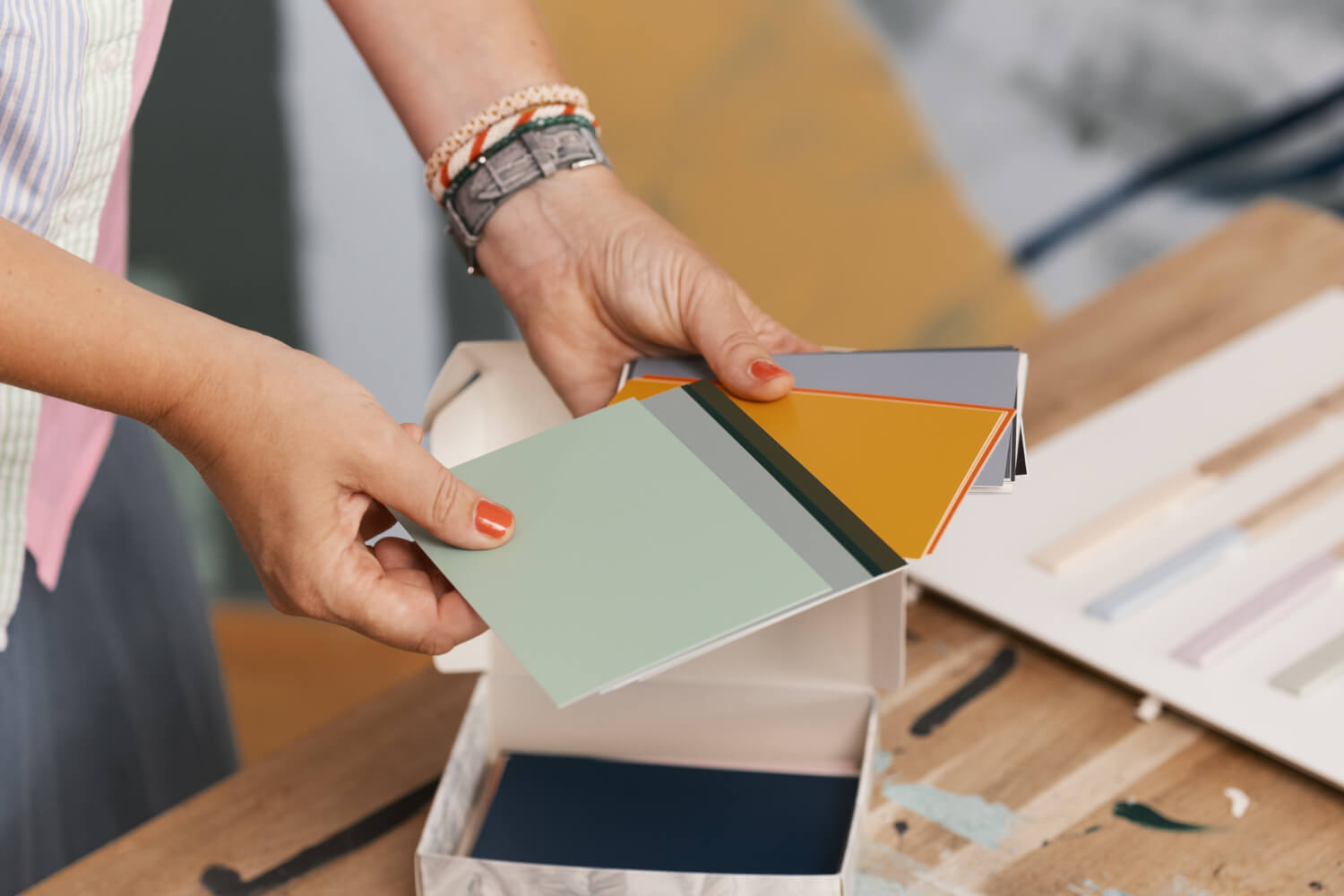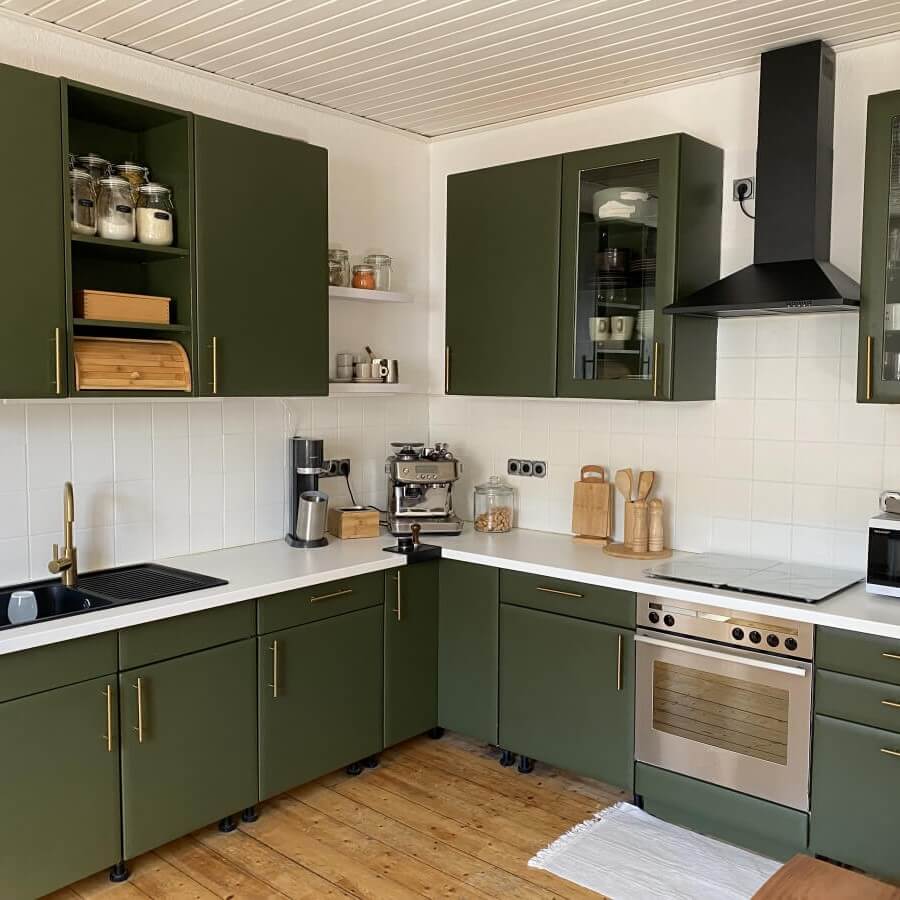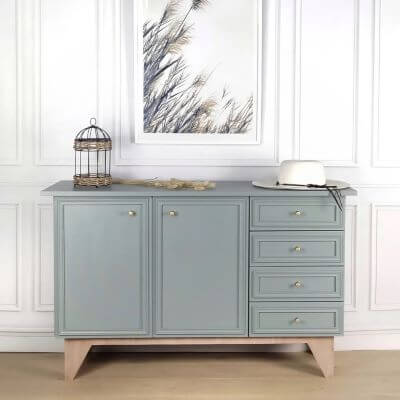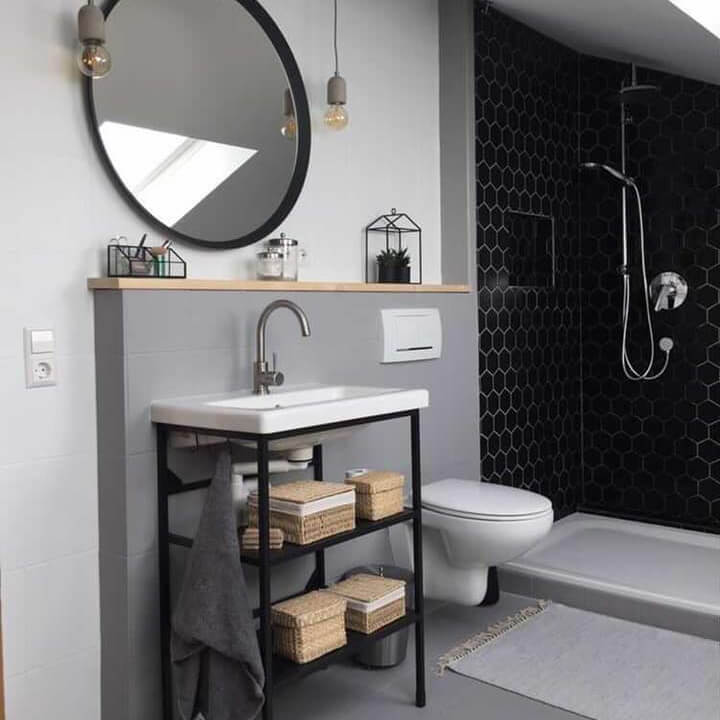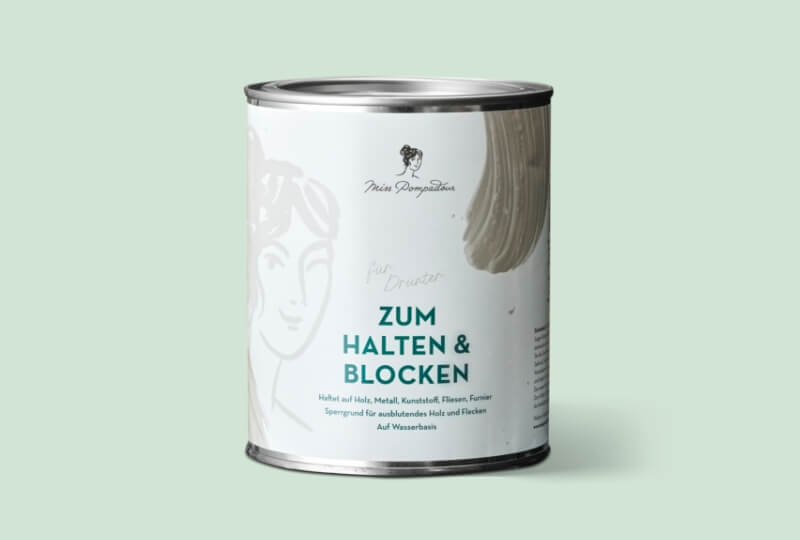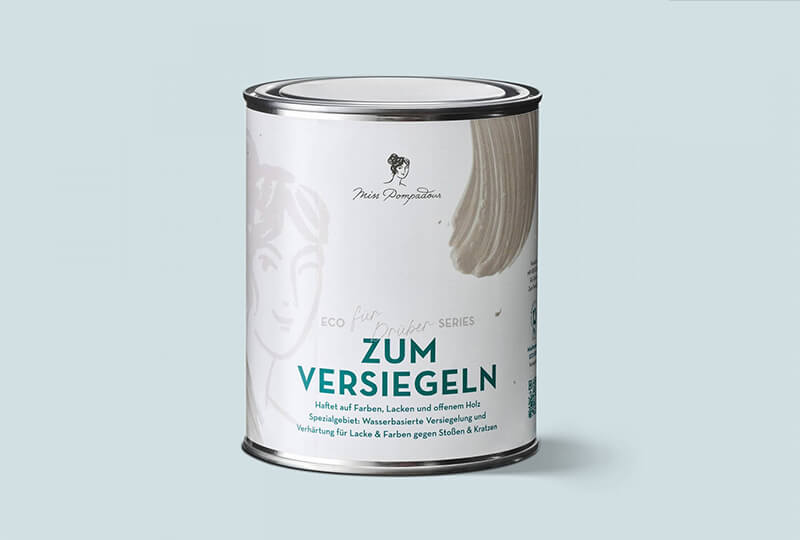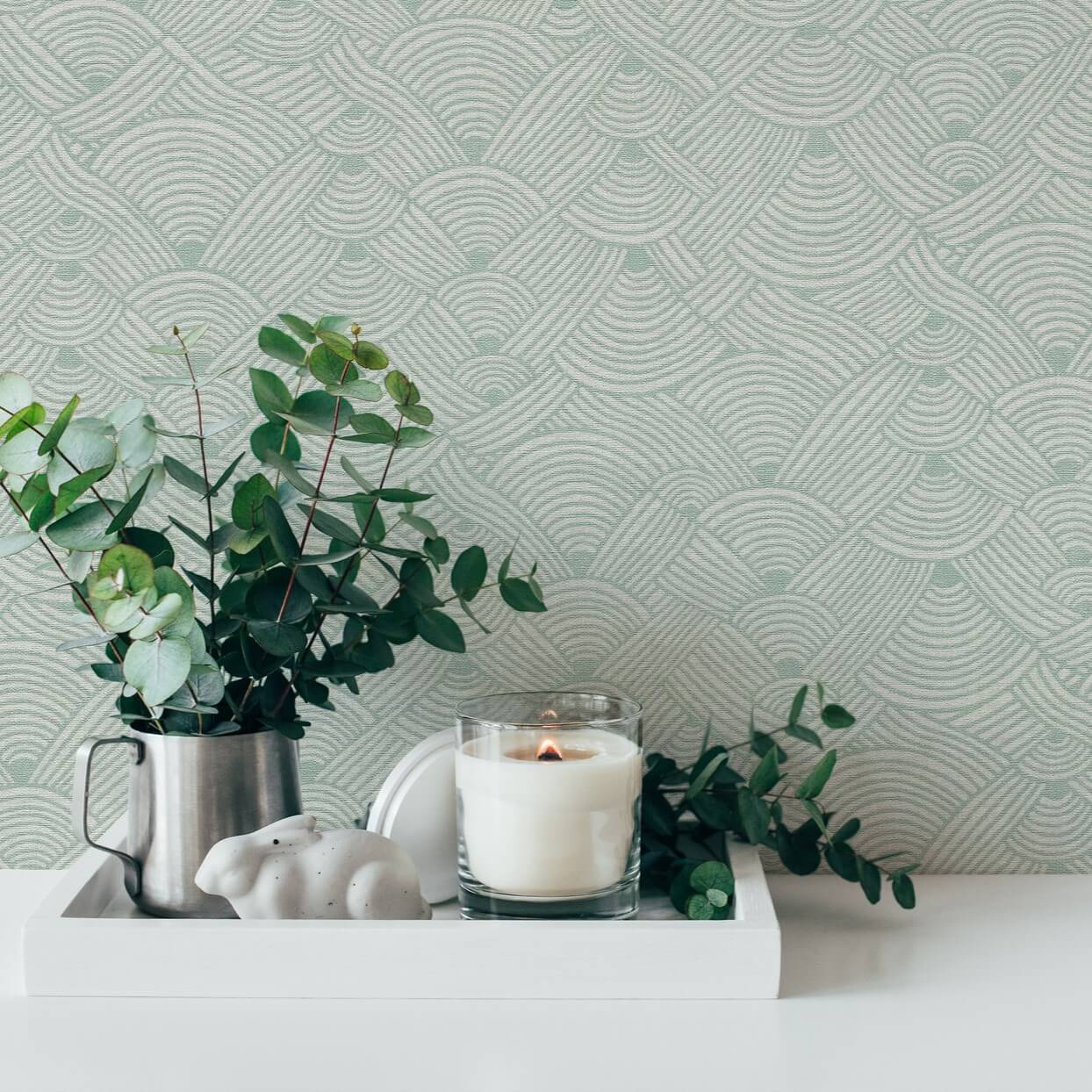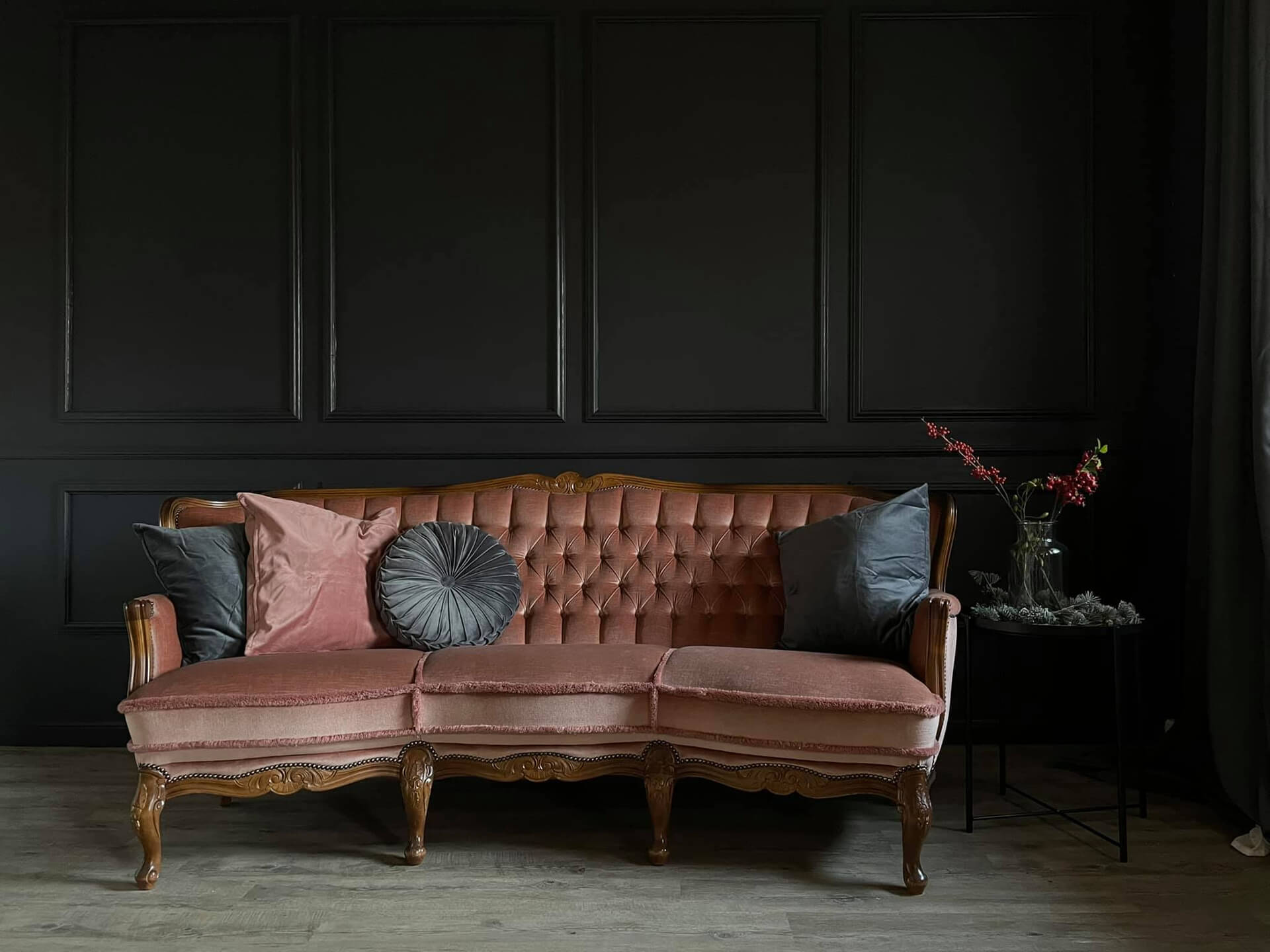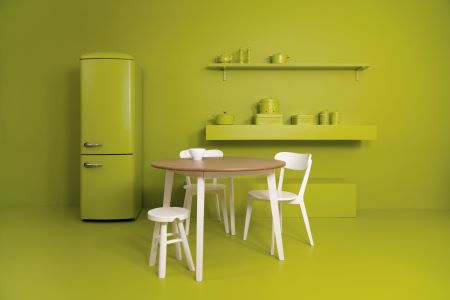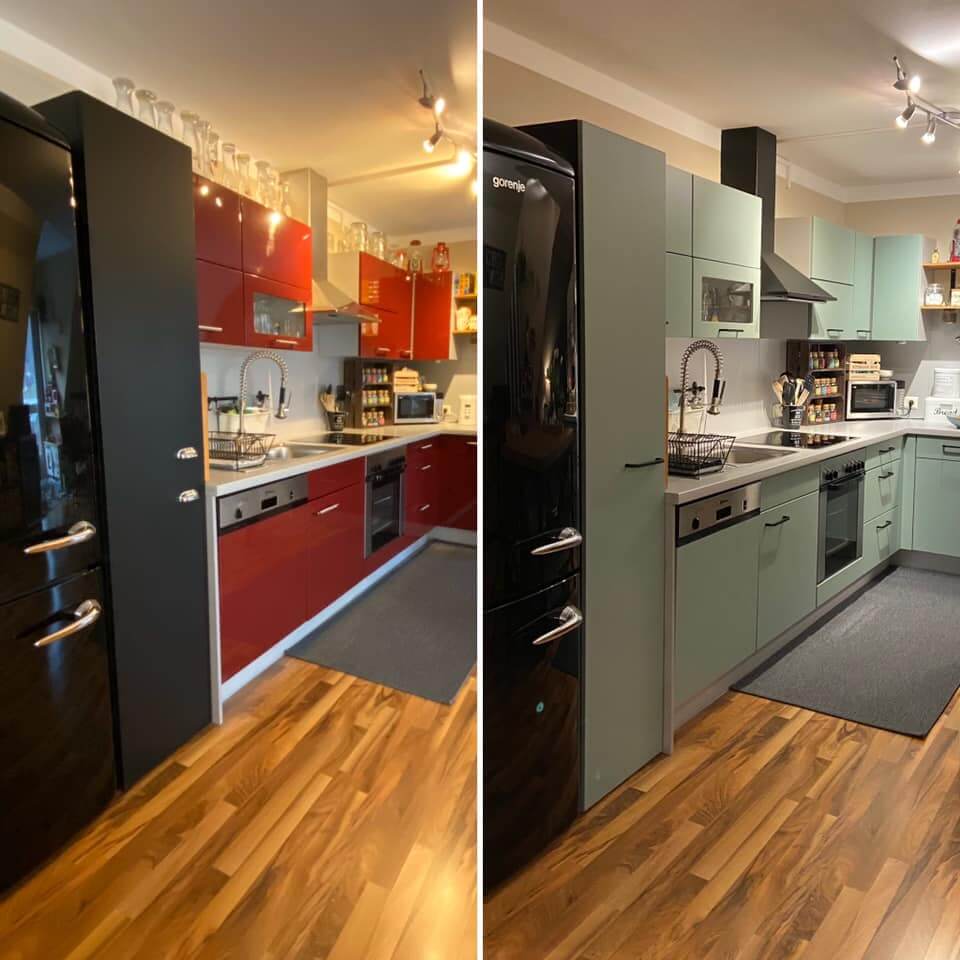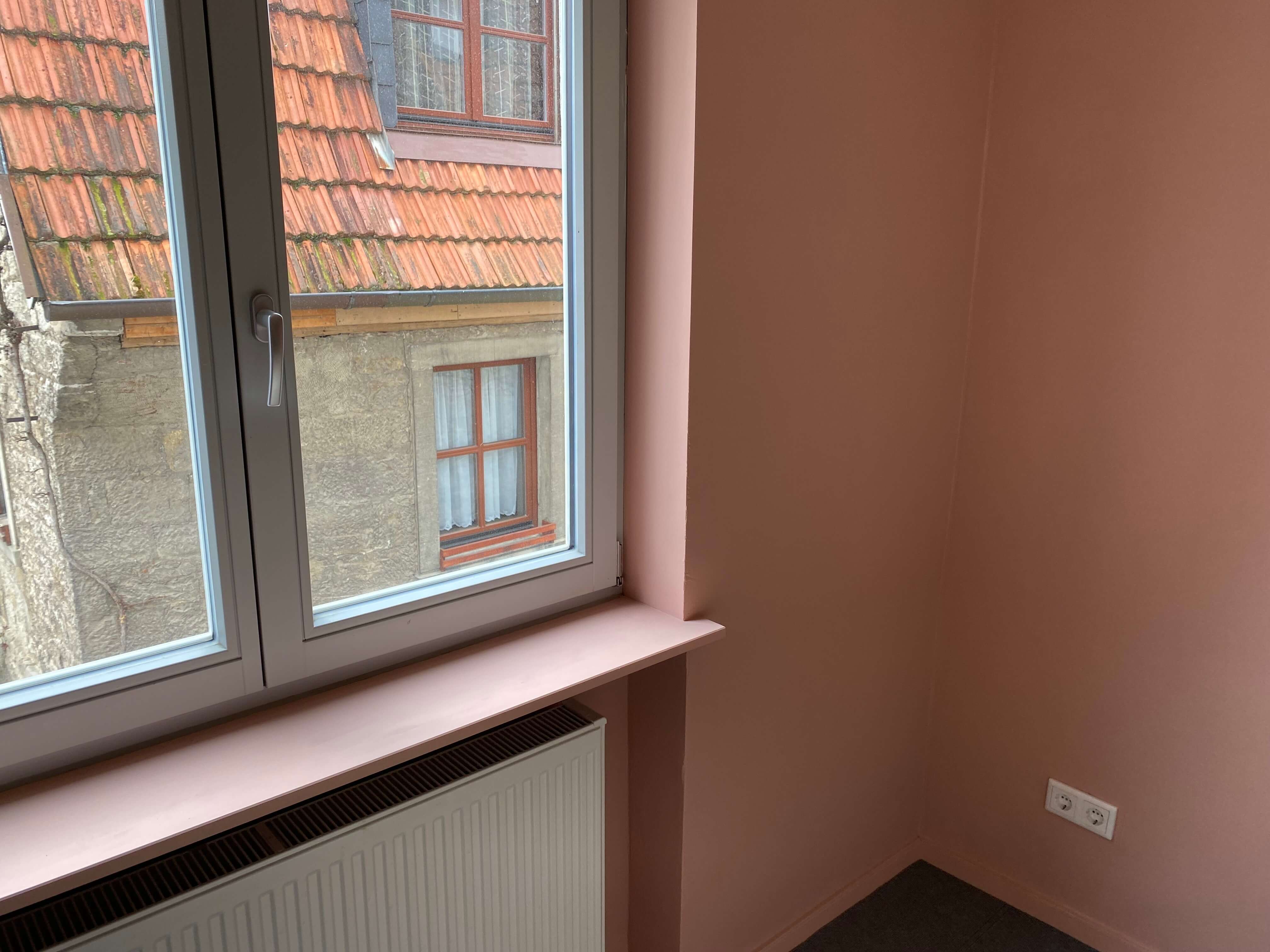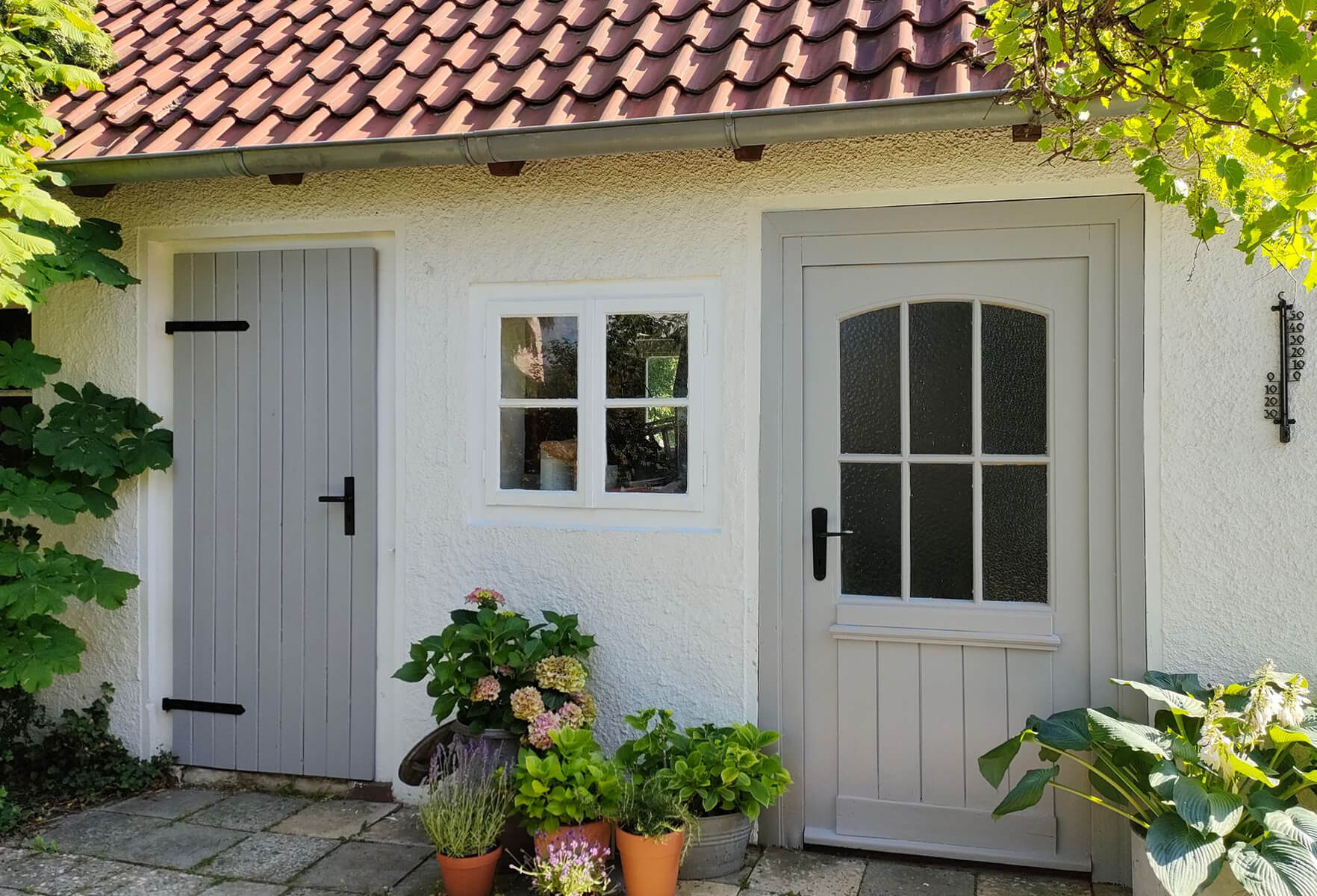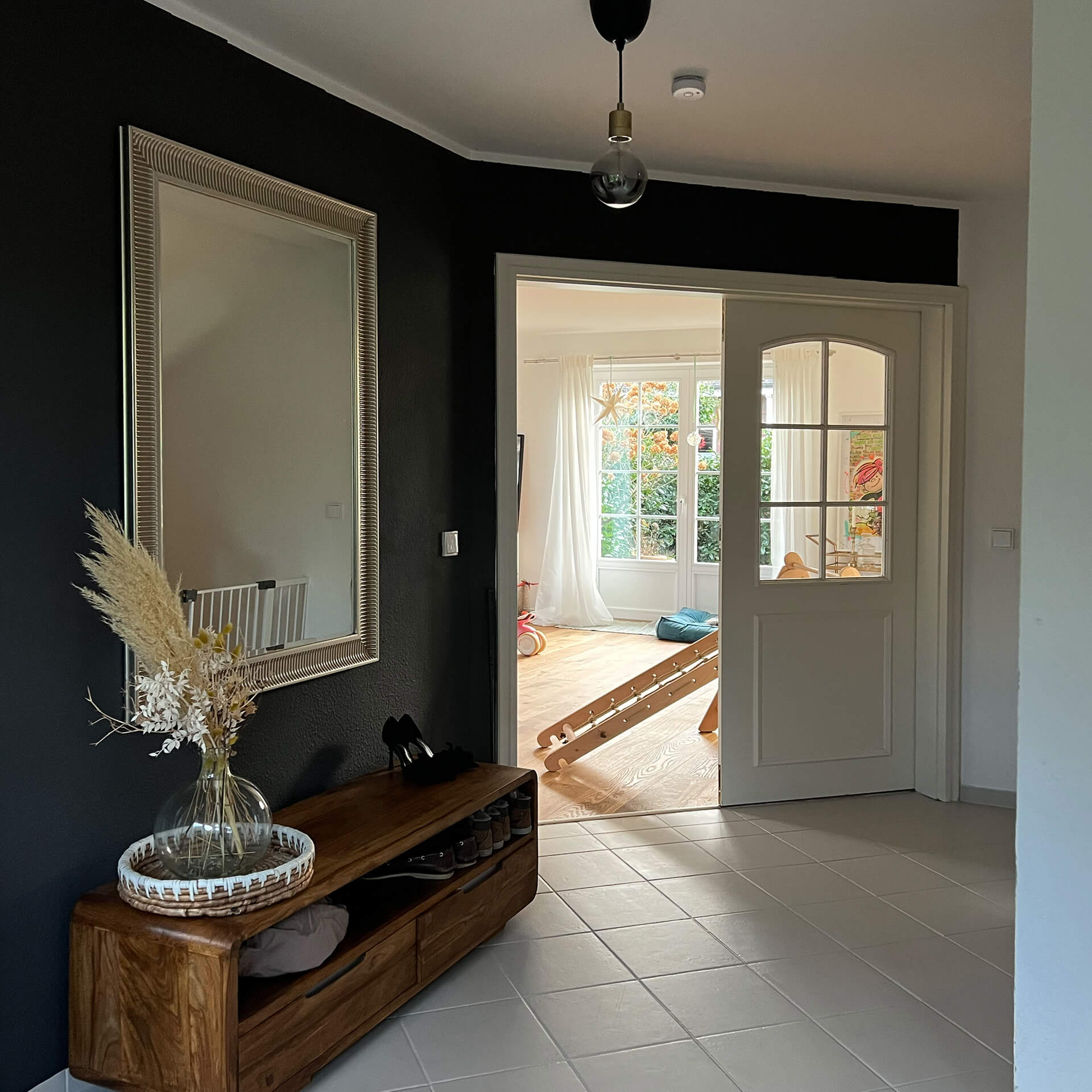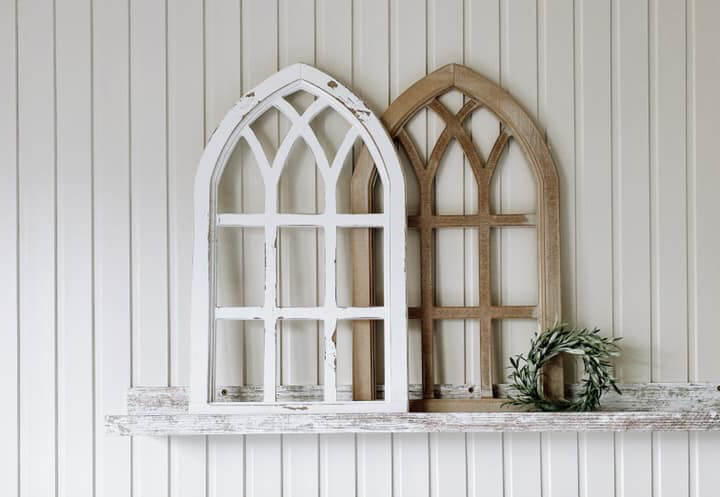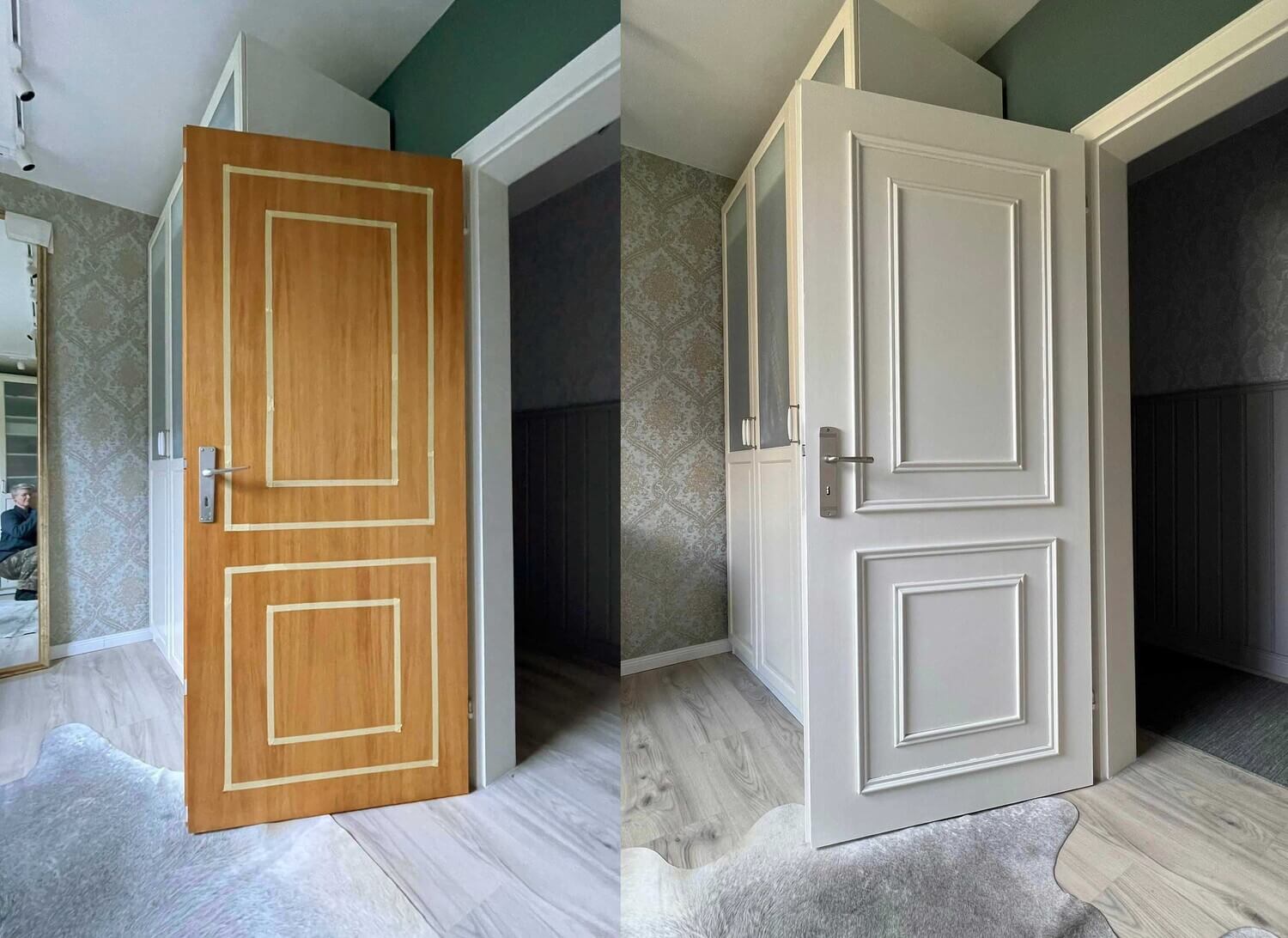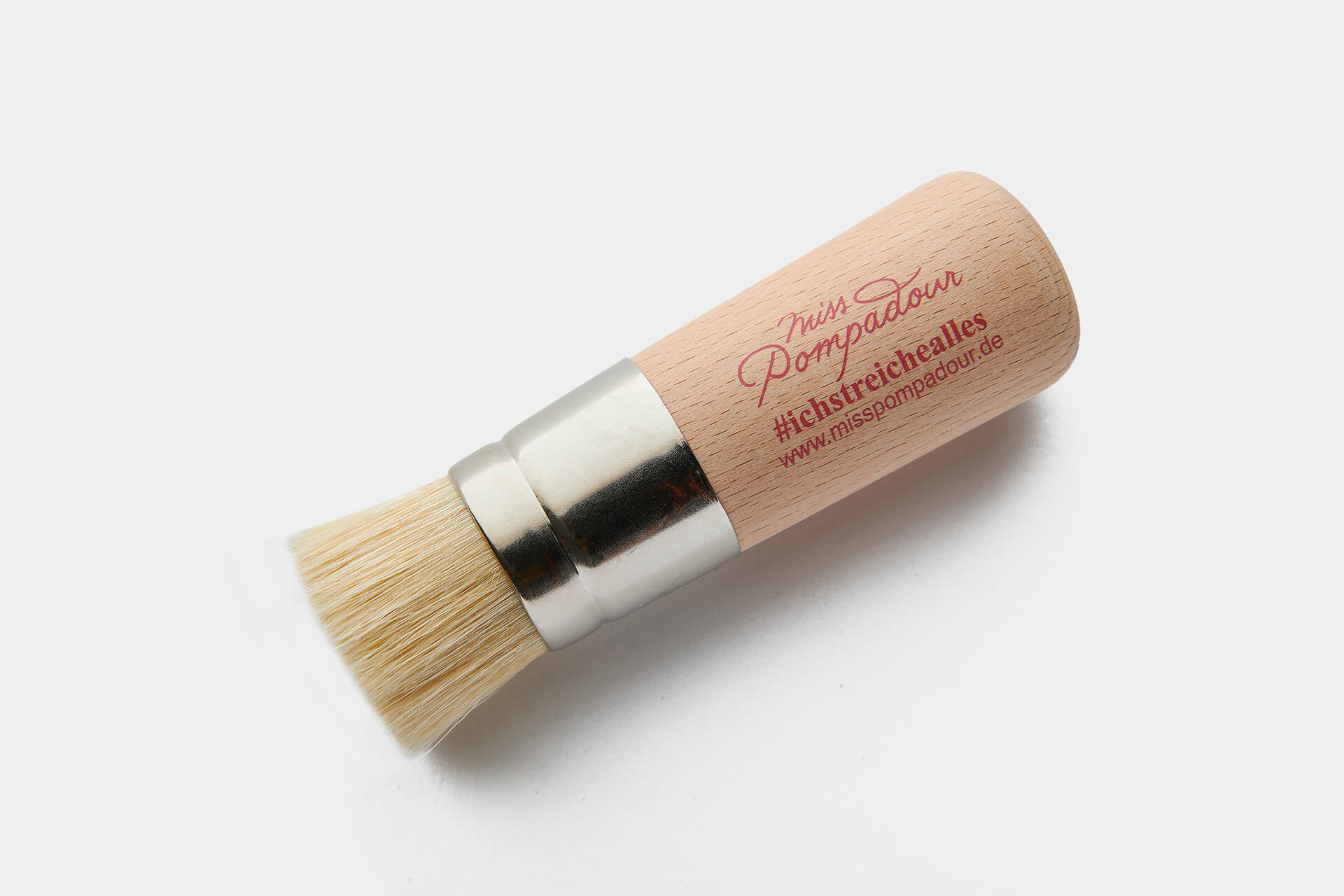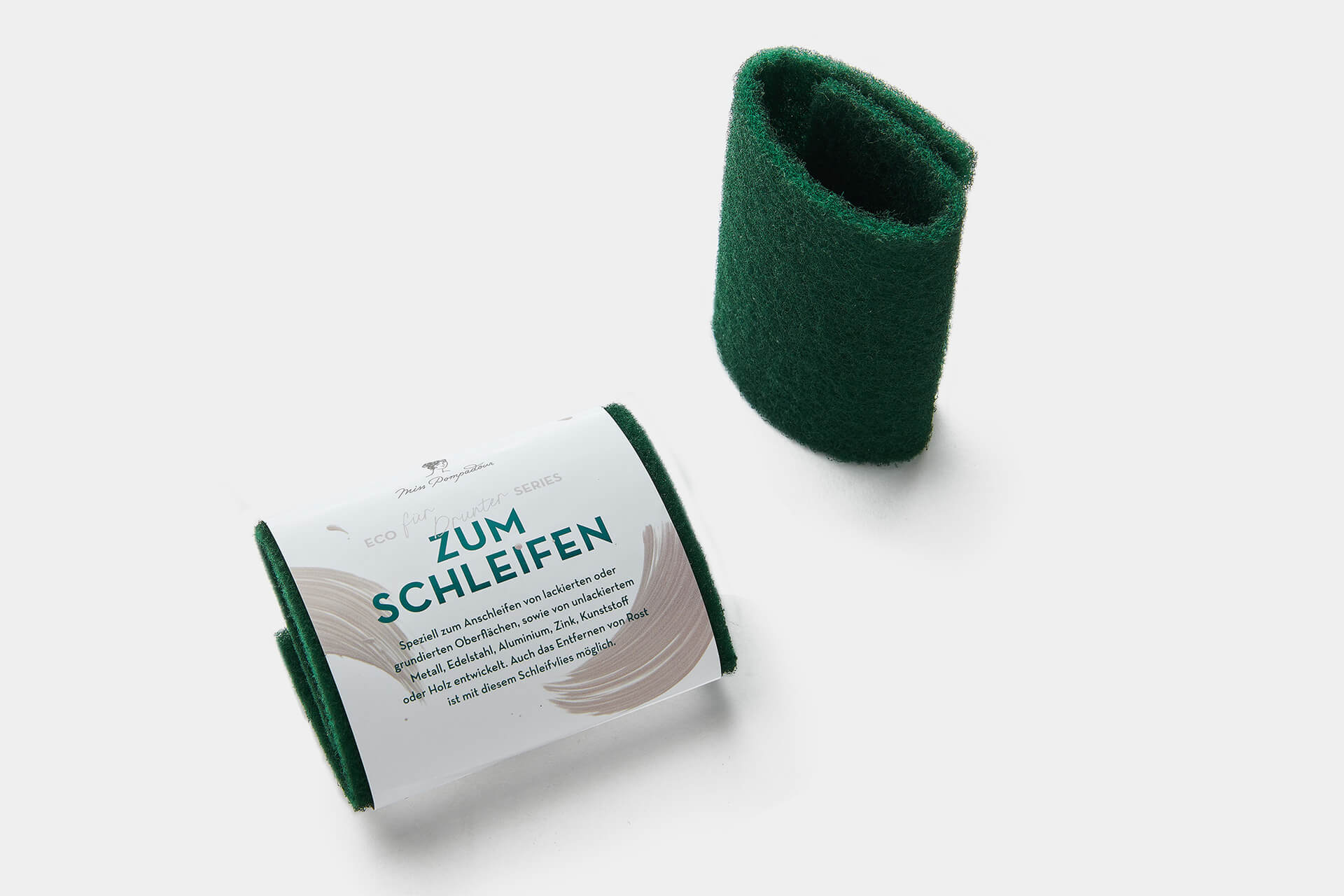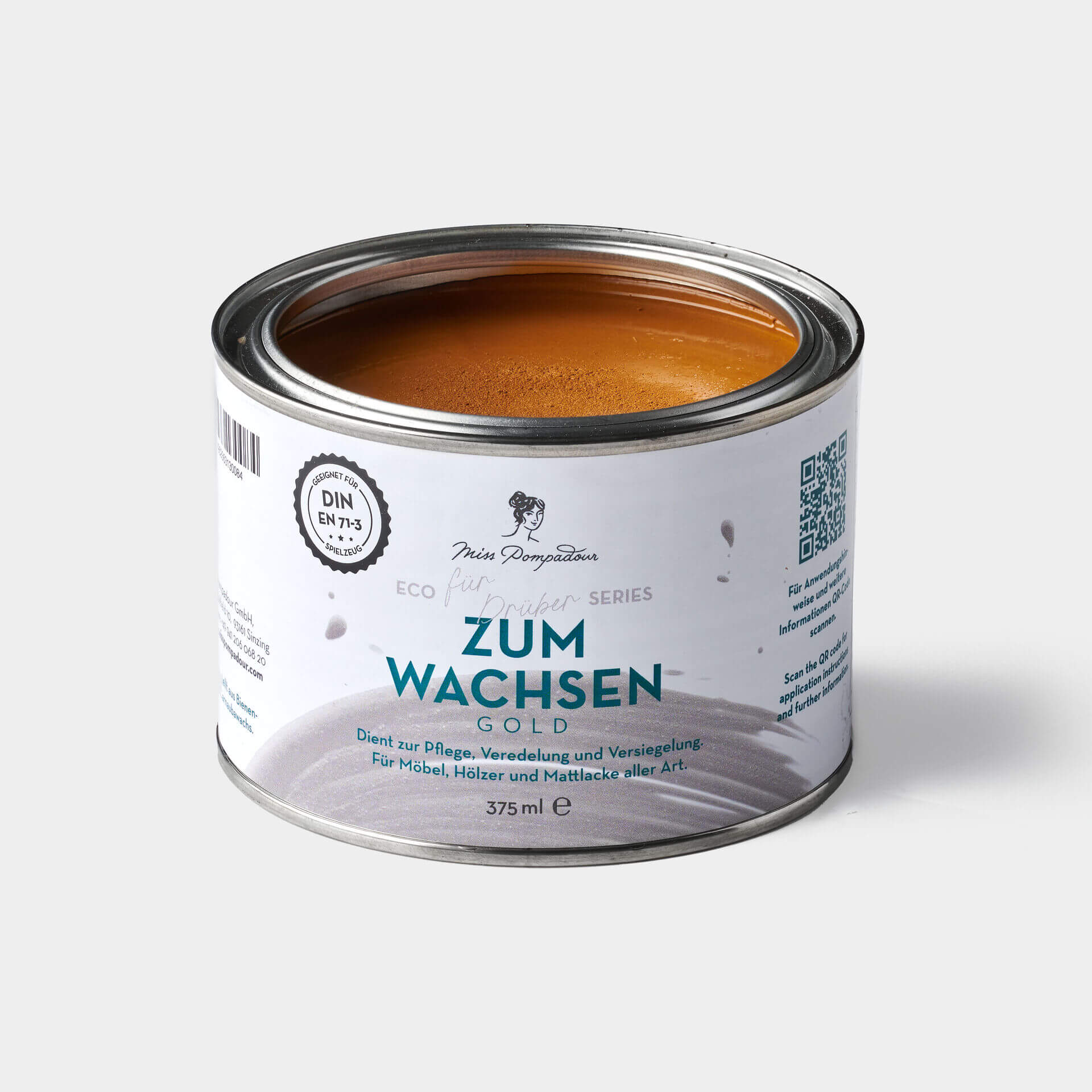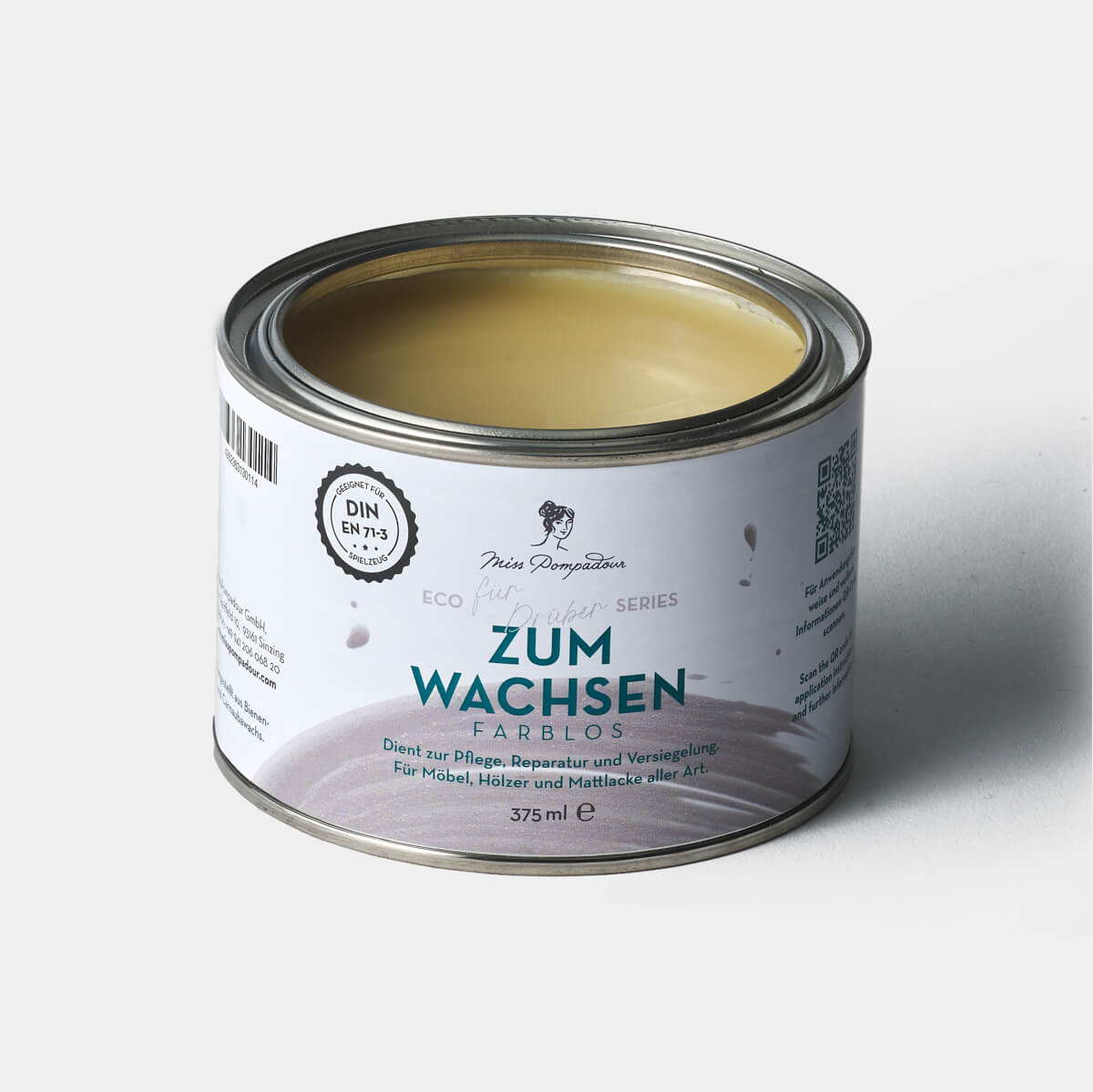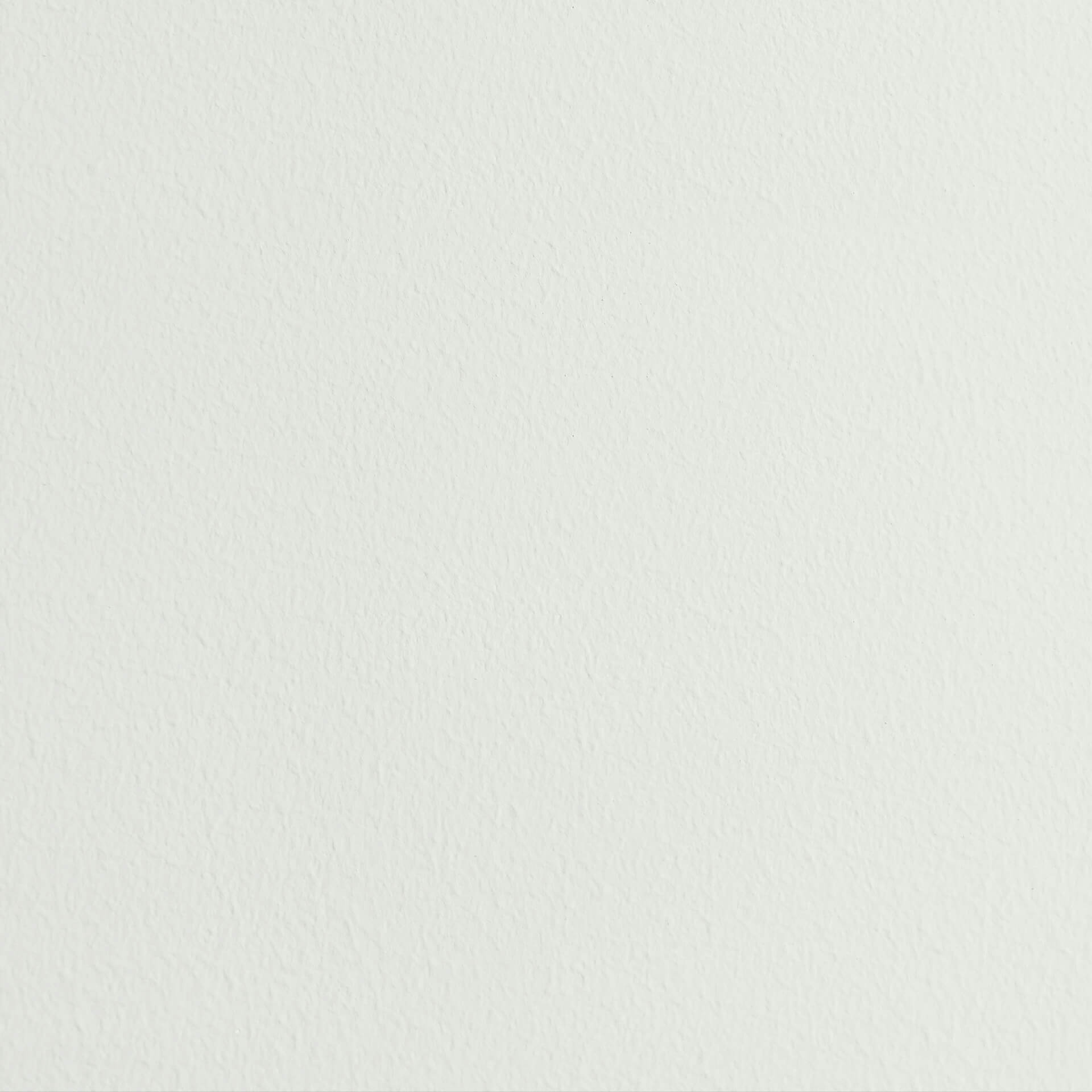Finishing Furniture with Wax
4 min reading time
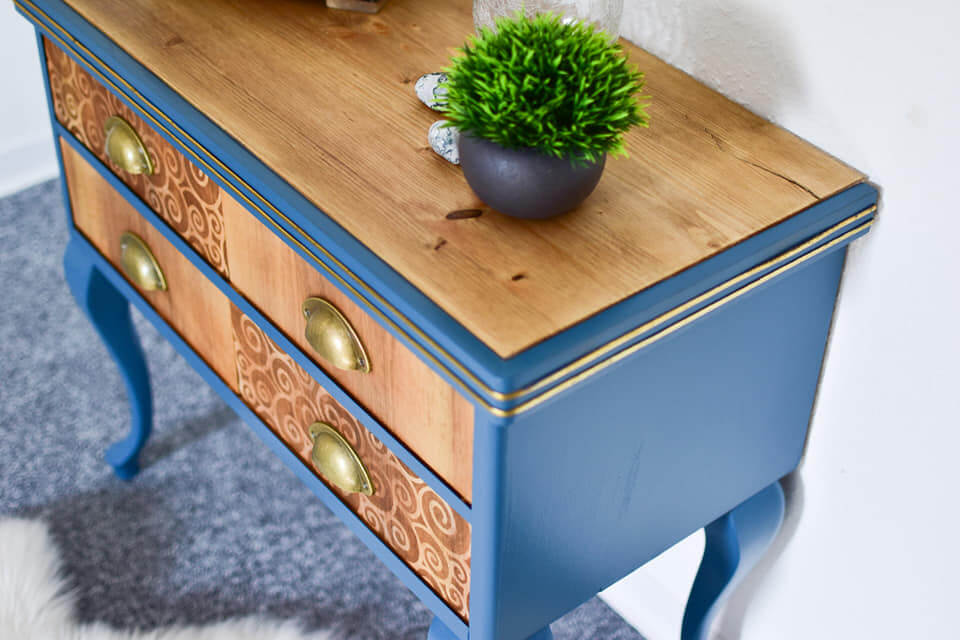
It is not only with paint that the surfaces of furniture can be attractively changed. You can also create a completely new look for your furniture with waxes, whether they are colourless or coloured. No matter whether you want to maintain the untreated tabletop of your wooden table or give an already lacquered surface more stability. Waxes open up completely new design possibilities.
Furniture wax made easy
Applyingwood wax is really easy. In the following, we will show you what you need to bear in mind to achieve the perfect result. There are no limits to your creativity when refurbishing old furniture, even when waxing.What furniture is suitable for wax-Polish?
Everyone immediately thinks of a natural wood tabletop when they think of wax. An untreated wooden table is wonderful for waxing. But you can treat any natural wood with furniture wax to make it more resistant to wear and tear
Even a yellowed ceiling can be given a fresh look with a coat of white wax. Of course, waxes are also ideal for furniture that has already been varnished. Give your furniture the coveted used look in shabby style by treating it with antique wax, or emphasise individual areas of a piece of furniture with coloured wax.
Even a yellowed ceiling can be given a fresh look with a coat of white wax. Of course, waxes are also ideal for furniture that has already been varnished. Give your furniture the coveted used look in shabby style by treating it with antique wax, or emphasise individual areas of a piece of furniture with coloured wax.
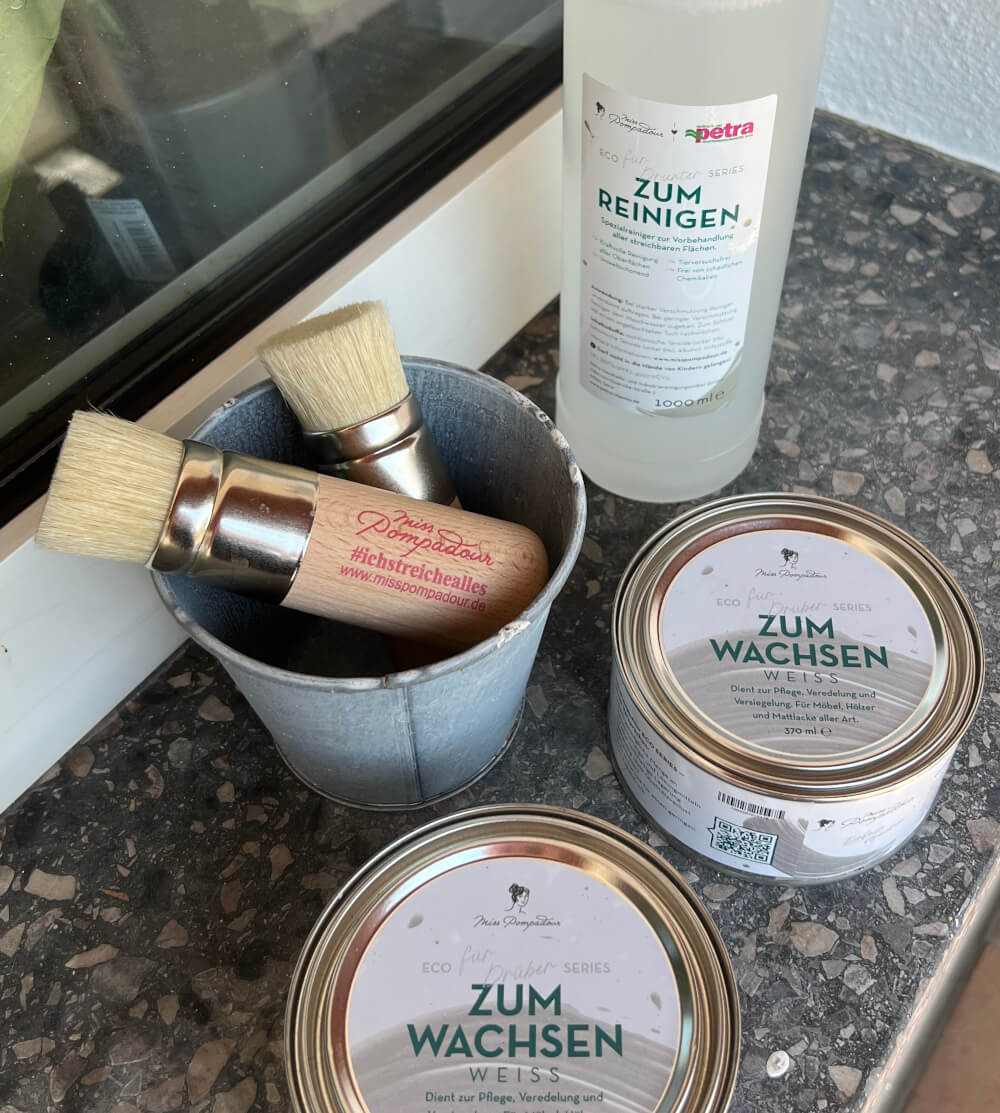
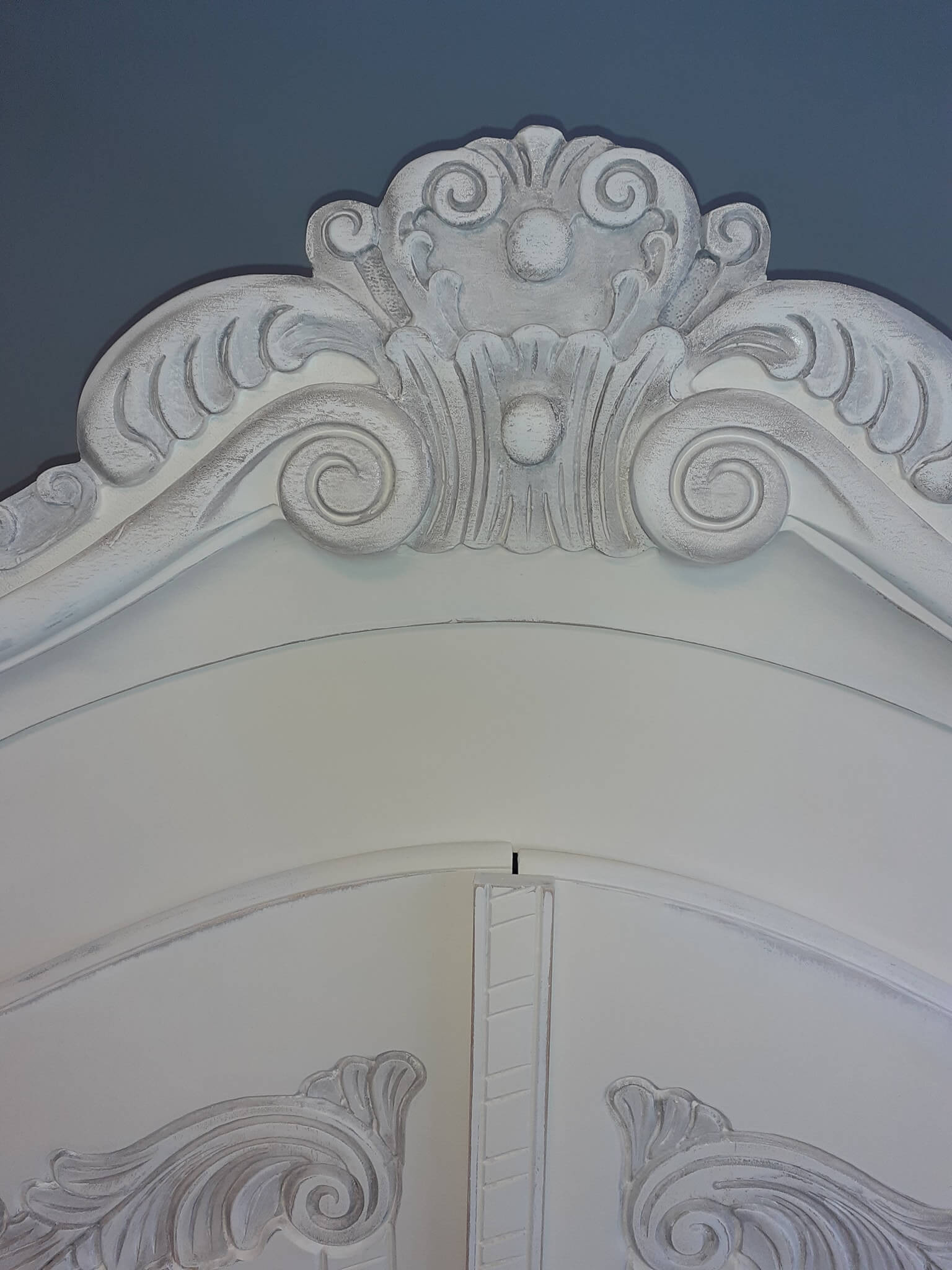
Furniture wax variants and their advantages
Different waxes have different qualities. You can find out here what the differences are between furniture wax variants.
Beeswax vs. carnauba wax
Most wood waxes consist of beeswax or carnauba wax. Vegetable resins or oils can also be added.
- Beeswax is probably the most common method of waxing wood. It preserves and maintains the wood surfaces. Beeswax keeps the treated wood breathable and gives the surface a beautiful shine. Beeswax is also a renewable raw material and, as long as it is not mixed with harmful substances, it is environmentally friendly and harmless to health. Beeswax is suitable for all interior wooden surfaces that are subject to little wear. It protects against moisture, scratches and dirt
- In contrast to beeswax, carnauba wax is vegan. It is used for both care and cleaning. Carnauba wax is extracted from the leaves of the carnauba palm. It repels dirt and water and gives the wood a fine, natural shine. Carnauba wax is particularly suitable for finishing and caring for open-pored wooden surfaces indoors.
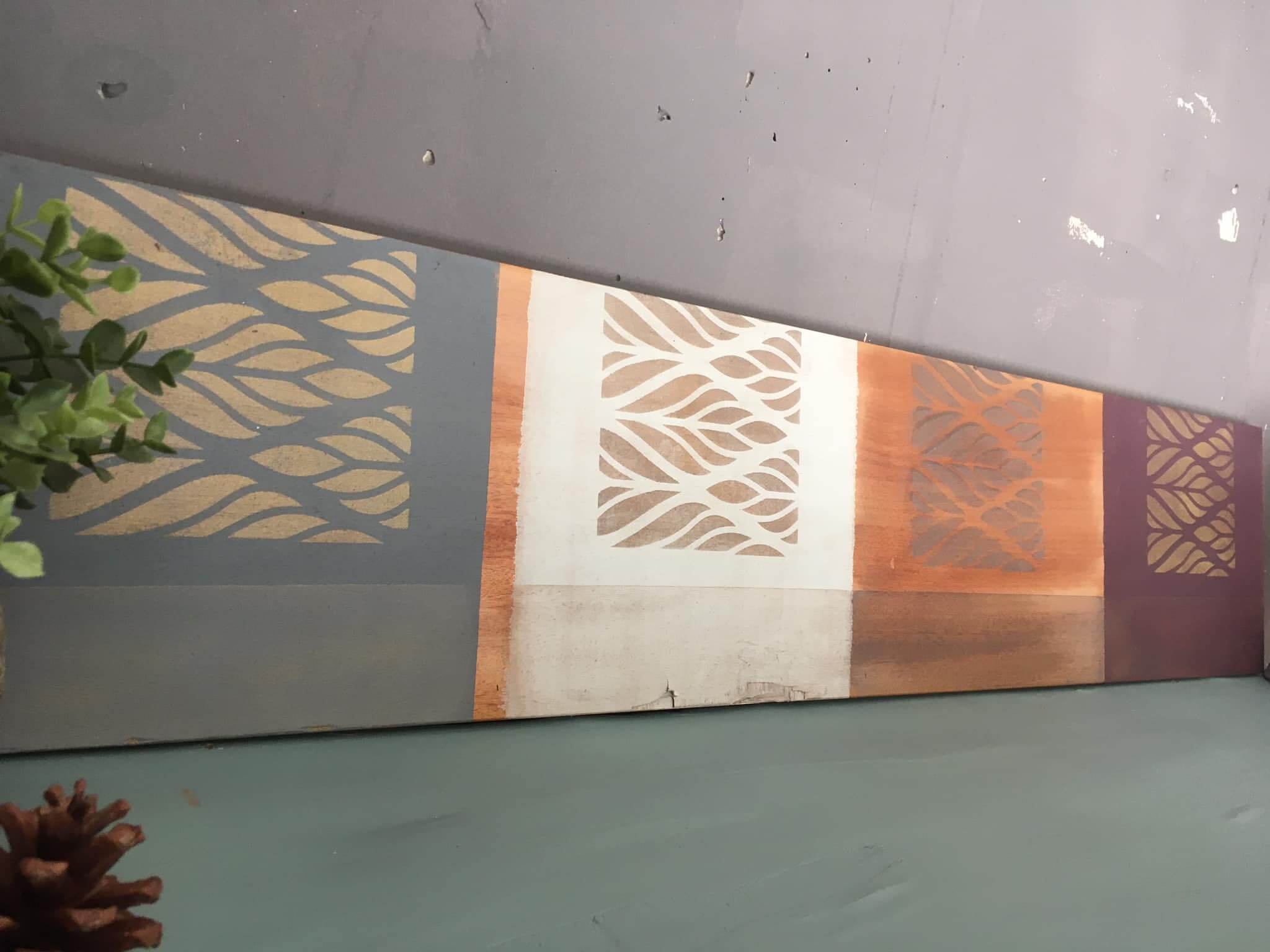
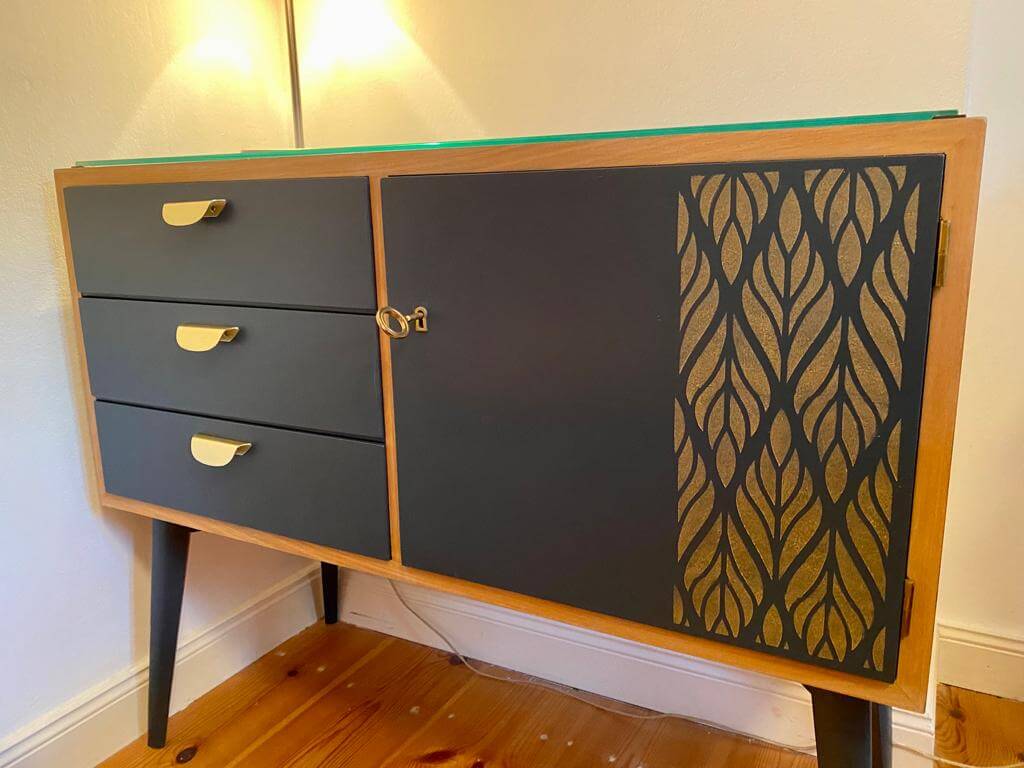
Colour and colour shades
The most commonly used option is certainly colourless wax.
- Despite its transparency, the wood changes colour when you apply colourless wax to natural wood. The wood colour becomes stronger and more radiant through the wood wax. It is said that it is "fired". This beautiful effect is particularly effective on light woods.
- In addition, the colourless wax cares for the wood surface, making it hard-wearing and easy to clean. Especially with wooden tables, regular waxing helps to maintain the beauty of the surface and make it permanently resistant to moisture and dirt
- The colourless wax is also suitable for stabilising matt coats of paint. Here, too, the colours of the surface become more intense and luminous.
But you can also achieve great effects with coloured wax:
- Yellowed wood becomes fresh again with white wax and loses its yellow cast
- Furniture can be given an interesting, cool look with grey wax. Decorate antique furniture imaginatively with metal-colour shades such as gold and silver wax
- Black wax also creates an exciting look
- To give a piece of furniture a shabby style, use antique wax. With its dark, rich brown tone, you can give any piece of furniture a wonderful used finish.
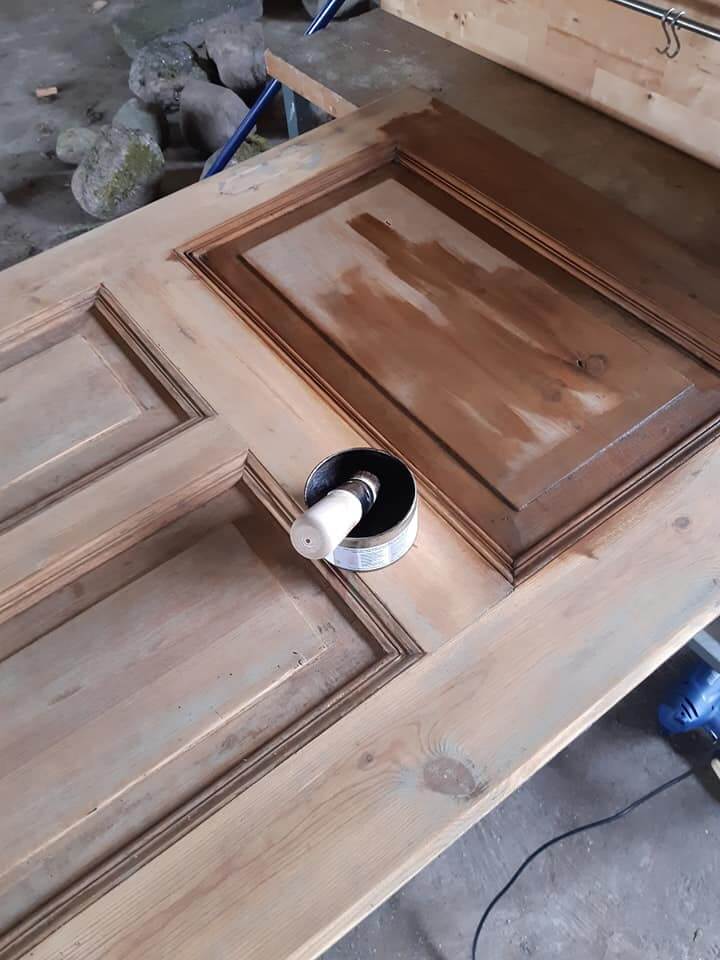
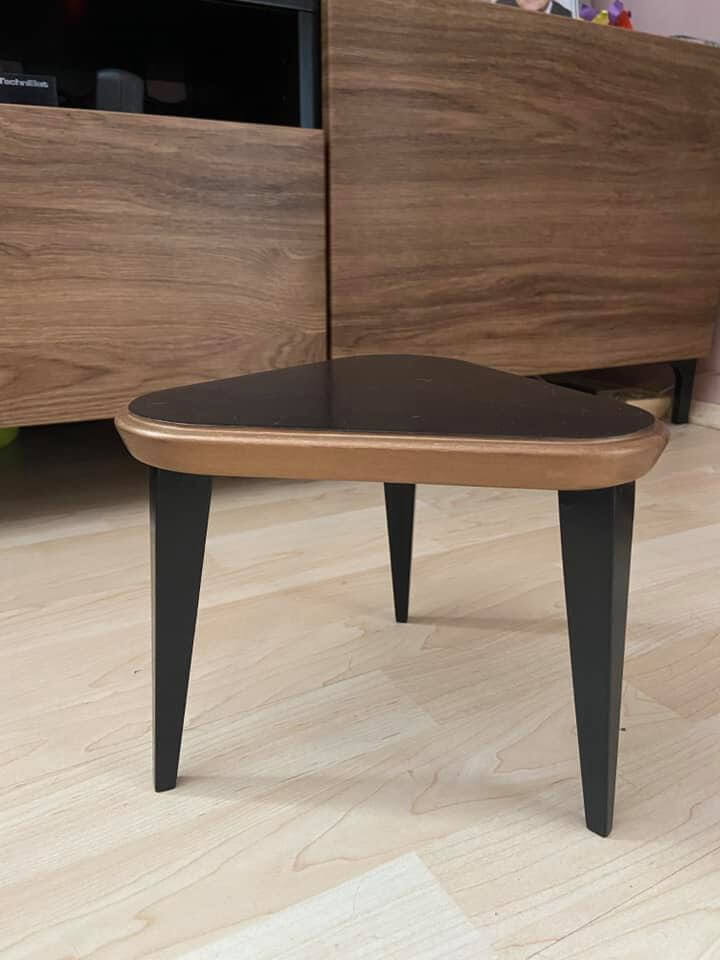
Wax-Polish or Oil?
If you want to care for antique furniture or even your beloved wooden table, you have probably already asked yourself the question: wax or oil? Both wax and oil help to make the wood more resistant to moisture and dirt.
- Oils have a liquid consistency and are therefore easier to apply than waxes
- Waxes light the grain of the wood slightly less than wood oils and are less shiny. In addition, they offer better protection against moisture and provide a more durable finish. Note, however, that waxes are sensitive to elevated temperatures
If you want to combine both, use wax on already oiled surfaces. Oils cannot be applied to waxed surfaces. Hard wax oils usually take longer to dry completely.
Furniture wax: explained in six simple steps
You want to give your furniture a new shine, but don't quite know where to start? Here we explain step by step what you need to consider!
Step 1: Remove residues from the wood and sand it down
If there are residues of old wax or paint on your work, you have to sand them off with sandpaper. At MissPompadour you will find the right sanding pad.
Step 2: Clean off sanding dust and dirt
Just like before painting, you must clean your furniture carefully before treating it with wax. The remains of old paint, an old layer of wax and sanding dust must be removed. The best way to do this is with MissPompadour To Clean.
Step 3: Apply the wax
There are several ways to apply the wax. In any case, it is important to apply only a thin layer at a time and let it dry thoroughly before applying the next coat
Our wax brush is particularly suitable for larger areas. Let the wax soften a little by carefully warming it up. This gives it the right consistency for application. But waxing furniture also works well with a soft cloth or sponge. Make sure to always work in the direction of the wood grain
If your furniture is painted, do not start waxing until the varnish is completely dry. If you want to paint your furniture first, take a look at our article on painting wooden furniture.
Our wax brush is particularly suitable for larger areas. Let the wax soften a little by carefully warming it up. This gives it the right consistency for application. But waxing furniture also works well with a soft cloth or sponge. Make sure to always work in the direction of the wood grain
If your furniture is painted, do not start waxing until the varnish is completely dry. If you want to paint your furniture first, take a look at our article on painting wooden furniture.
Step 4: Let the wax dry
After applying a thin layer of wax, let the surface dry for a few hours.
Step 5: Wax again and let dry
Ifthe colour is not intense enough, apply another coat of wax and let it dry thoroughly. Repeat this process as often as you like until you are really happy with the result. The only important thing is to always let the wax dry thoroughly after waxing.
Step 6: Polish the wood after waxing
Finally, polish the surface with a soft cloth. This will remove excess wax and give the wood a subtle shine. Allow 3 to 4 days for the wax to fully cure.
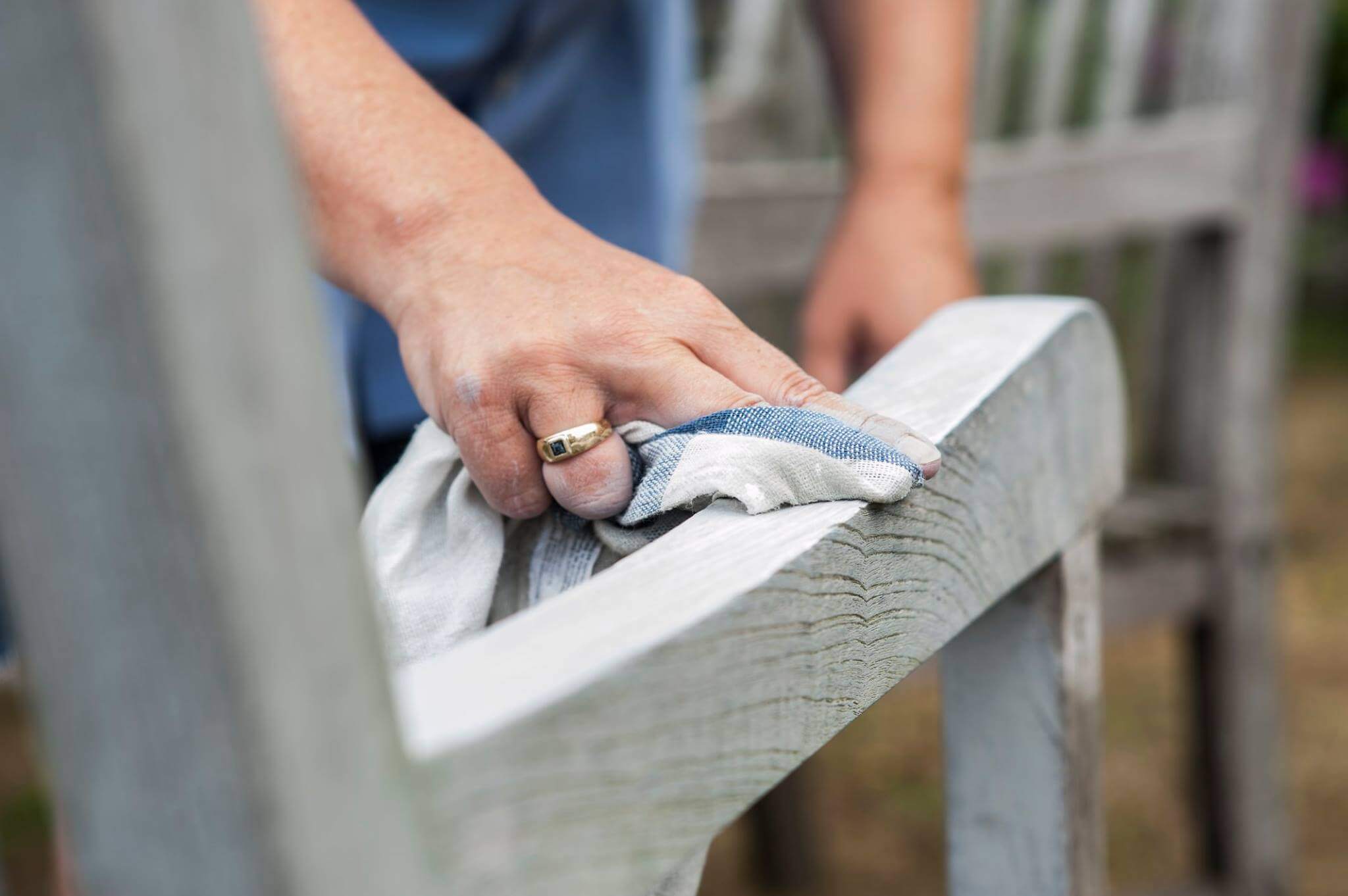
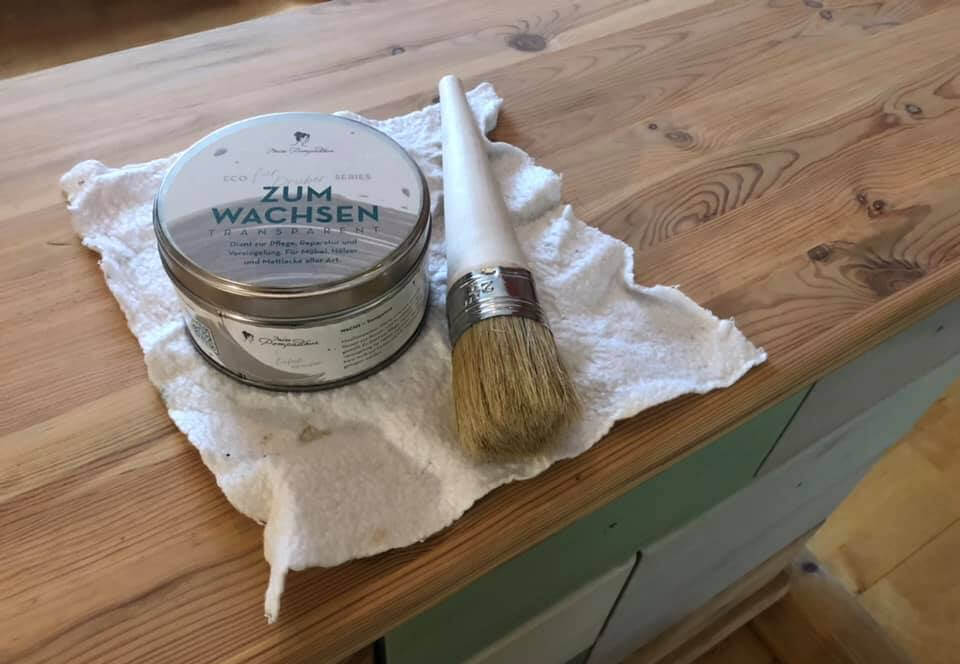
Furniture wax: All tips in the overview
- Clean thoroughly: Sand off old wax and paint, remove sanding dust and dirt
- Apply a thin layer of wax with a brush or cloth and allow to dry
- After drying, apply a second thin coat
- Finally polish
- allow to cure for 3 to 4 days
Video: Astrid stellt Euch unsere MissPompadour Wachse vor!
Already finished reading?
Here you will find more exciting topics
For your perfect project
Our accessories for waxing furniture
To Wax-Polish - MissPompadour Wax Brush
€10.90
incl. VAT
To Sand - MissPompadour Sanding Pad
€3.00
incl. VAT
MissPompadour Wax Gold
Content: 0.37 Litre (€70.00* / 1 Litre)
€25.90
incl. VAT
MissPompadour Wax Transparent
Content: 0.375 Litre (€47.73* / 1 Litre)
€17.90
incl. VAT
MissPompadour White with Melting - Matt Varnish 1L €49.00
Variants from €36.00
incl. VAT
MissPompadour Grey with Grey - Matt Varnish 1L €49.00
Variants from €36.00
incl. VAT

